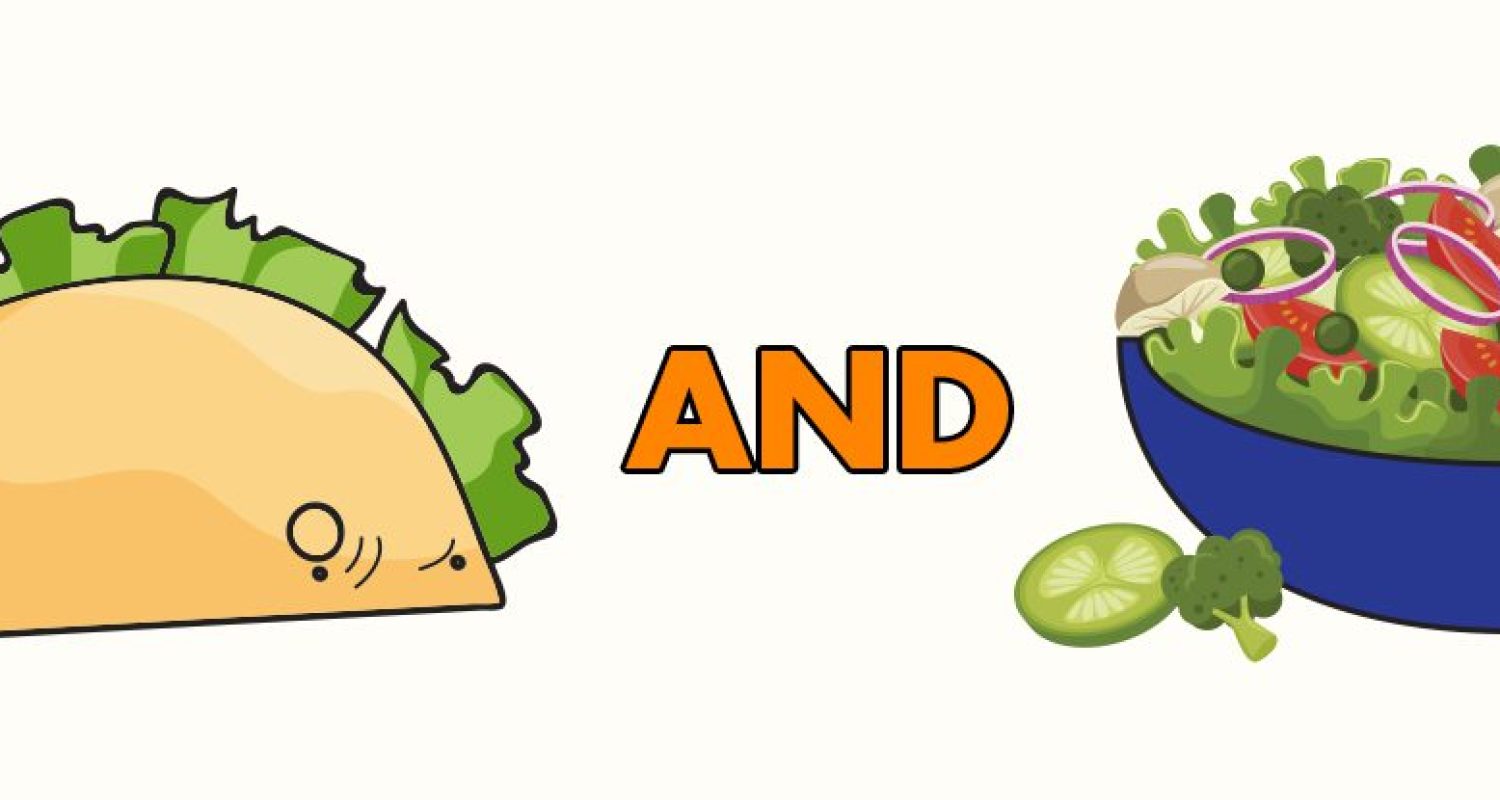
What is a conjunction?
A conjunction is a part of speech that acts as a connector between words, phrases, or clauses. Conjunctions create a better flow of thoughts or ideas within a sentence by making them simple and concise. Without conjunctions, it would be difficult to understand the relationship between sentences or even the general thought of an entire passage.
Let’s take this as an example:
- Matthew is neat. He is good-looking. Matthew has jet-black hair. He has deep blue eyes. Matthew seems confident. He seems determined.
Too many sentences like this can be similar to misplacing puzzle pieces altogether. No connection is established among the sentences. Instead, it is better to say:
- Matthew is neat and good-looking. He has jet-black hair and deep blue eyes. Moreover, he seems confident and determined.
How about that? That sure sounds better to the ears. Let us then learn more about conjunctions.
Type of Conjunctions
1. Coordinating Conjunctions
This type of conjunction is used to connect words, phrases, or clauses that are grammatically equal. Before heading on to more examples of coordinating conjunctions, let us briefly identify two types of clauses. An independent clause is a clause that can stand on its own. A dependent clause, on the other hand, needs an independent clause to complete the sentence. In the case of coordinating conjunctions, it is essential for connecting independent clauses.
There are seven coordinating conjunctions which are for, and, nor, but, or, yet, so. It is easier to recall them by using the abbreviation FANBOYS.
- Ricky slept early, for he was very tired.
- Lucy loves tacos and salad.
- He does not eat sweets nor drinks sugary liquids.
- Lany likes crabs but hates shrimps.
- You can eat noodles with a fork or with chopsticks.
- Jonathan usually wakes up late on a workday yet wakes up early on rest days.
- It was raining, so I had to bring my umbrella.
TIP: When connecting independent clauses using a coordinating conjunction, do not forget to place a comma before the conjunction.

2. Subordinating Conjunctions
Another type of conjunction is the subordinating conjunction. Conjunctions under this type connect a subordinate clause (also called a dependent clause) to an independent clause.
| Common Subordinating Conjunctions | |
| Time | after, as soon as, before, until, while |
| Concession / Comparison | although, even though, though, whereas |
| Cause | as, because, in order that, since, so |
| Condition | even if, if, provided that, unless |
- I go to the supermarket while my husband takes the children to school.
- Although she couldn’t respond to the question about the difference between sorry and apologize, she was still able to answer the rest of the questions.
- Since the weather looks good today, Jess gets ready to go hiking.
TIP: A sentence beginning with a dependent clause usually needs a comma after it. If the sentence begins with an independent clause, a comma is not necessary. Look at the following sentences:
- Example 1: Drew got a high mark in the exam because he studied hard.
- Example 2: Because he studied hard, Drew got a high mark in the exam.
Notice the placement of the comma and the order of the clauses in the two sentences. The dependent clause “Because he studied hard” was followed by a comma in the second sentence. On the other hand, the independent clause “Drew got a high mark in the exam” does not need a comma after it, as shown in the first sentence.
3. Correlative Conjunctions
As its name suggests, this type of conjunction correlates. In other words, it comes as a pair of conjunctions that join words, phrases, or clauses that are grammatically parallel.
Correlative conjunctions include:
- both A and B
- either A or B
- neither A nor B
- not only A but also B
- not only A but B as well
- whether A or B
Look at these examples:
- Both Alvin and Mark started their own business.
- Mr. Smith not only fixed the floor but also painted the walls.
With the use of correlative conjunctions, the subject and the verb should agree. When there are two subjects connected by a pair of correlative conjunctions, the second subject should be in agreement with the verb.
- Either a single rose or some chocolates are perfect as gifts.
- Either some chocolates or a single rose is perfect as a gift.
When two antecedents (antecedents are nouns that can be replaced with pronouns) are connected by correlative conjunctions, the second antecedent should agree with the pronoun that comes after it. Plural antecedents are usually used as the second antecedent for reading ease. In the given sentence below, notice that the first antecedent “Serena” and the second antecedent “her friends” are connected by the correlative pair “neither…nor”. In the latter part of the sentence, we use “their” as the pronoun agreeing to the second antecedent which is also plural.
- Neither Serena nor her friends took their lunch at noon.
When using correlative conjunctions, parallel structures should also be observed.
- She either likes playing golf or enjoys hiking. (parallel verb forms in the simple present tense)
- Not only did David take Dina to dinner, but he also gave her a bunch of flowers. (parallel clauses in the simple past tense)
4. Conjunctive Adverbs
The last type is the conjunctive adverb. Conjunctive adverbs are adverbs that function as conjunctions by joining two independent clauses together. They convey various meanings as shown in the list below.
| Common Conjunctive Adverbs | |
| Addition | additionally, besides, furthermore, moreover |
| Cause and effect | consequently, accordingly, therefore, thus |
| Comparison | alternatively, similarly, likewise |
| Contrast | however, nevertheless, otherwise, conversely |
| Illustration/Example | for example, for instance, namely |
| Summary | briefly, in conclusion, in summary |
| Time | meanwhile, lately, now |
When connecting two independent clauses with a conjunctive adverb, it is important to use either a semi-colon or a period just before the conjunctive adverb. A comma after a conjunctive adverb also separates it from the rest of the sentence. Examples are shown below.
- Noah successfully bought a concert ticket of his favorite pop group; however, he lost it on his way home.
- Lindsay has shown much improvement in her singing skill. Thus, she was chosen to represent the school in the national competition.
Key Points
- A conjunction is a part of speech that acts as a connector between words, phrases, or clauses. Conjunctions create a better flow of thoughts or ideas within a sentence by making them simple and concise.
- Coordinating conjunctions connect words, phrases, or independent clauses that are grammatically equal.
- Subordinating conjunctions connect a subordinate clause (also called a dependent clause) to an independent clause.
- Correlative conjunctions are a pair of conjunctions that join words, phrases, or clauses that are grammatically parallel.
- Conjunctive adverbs are adverbs that function as conjunctions by joining two independent clauses together.



